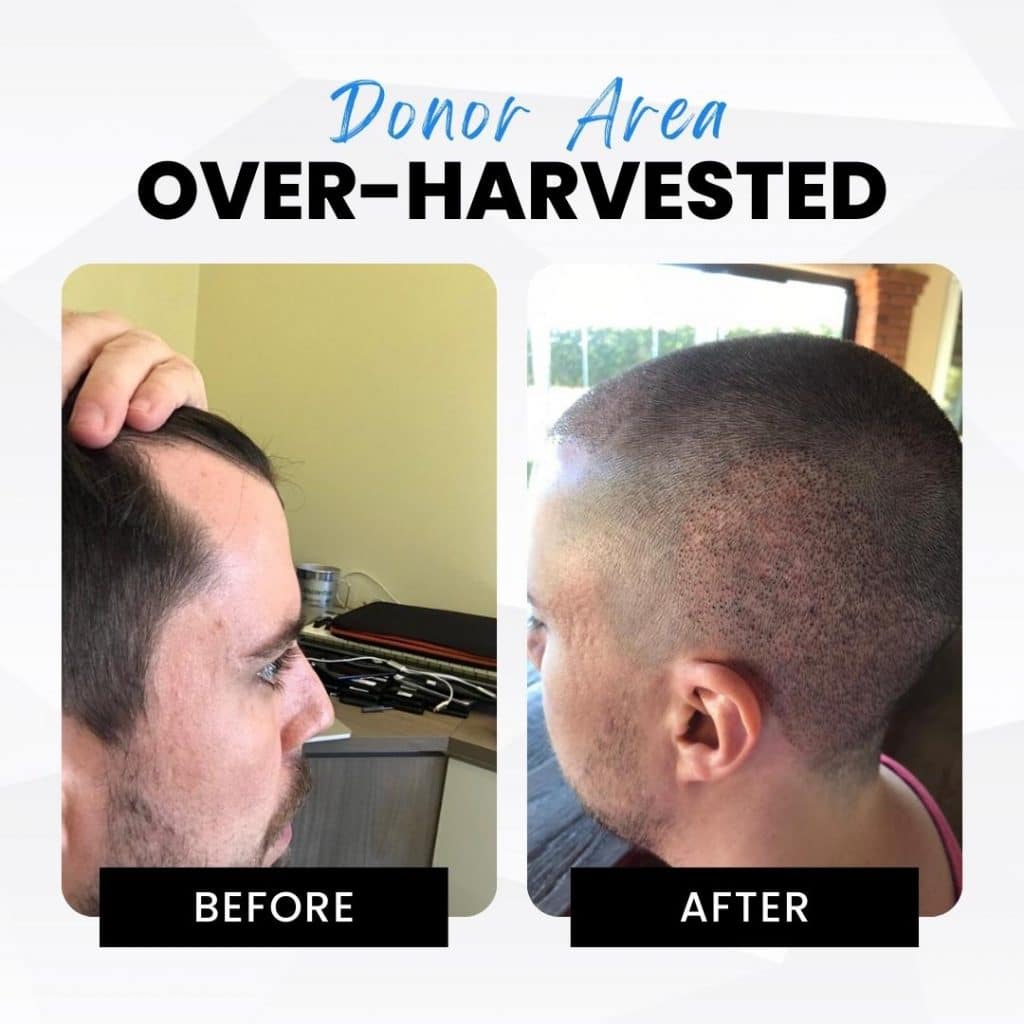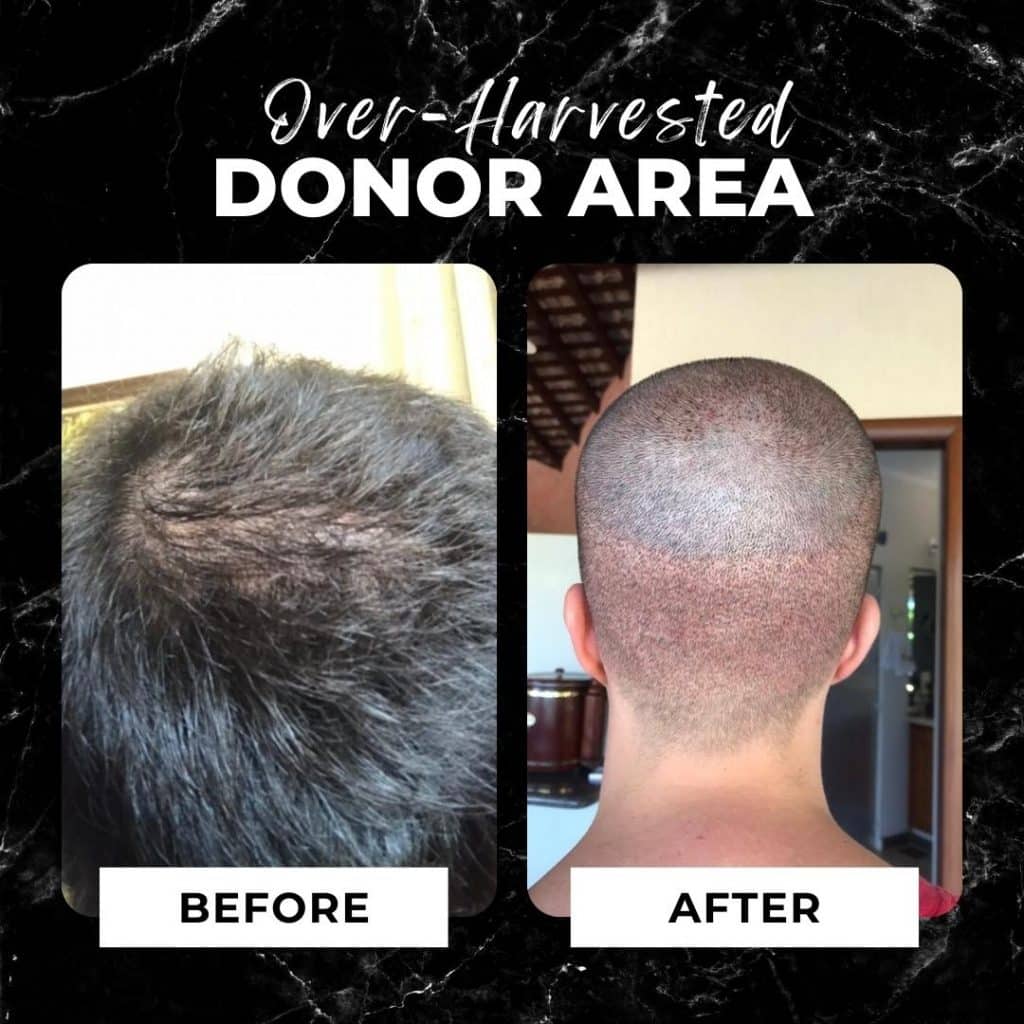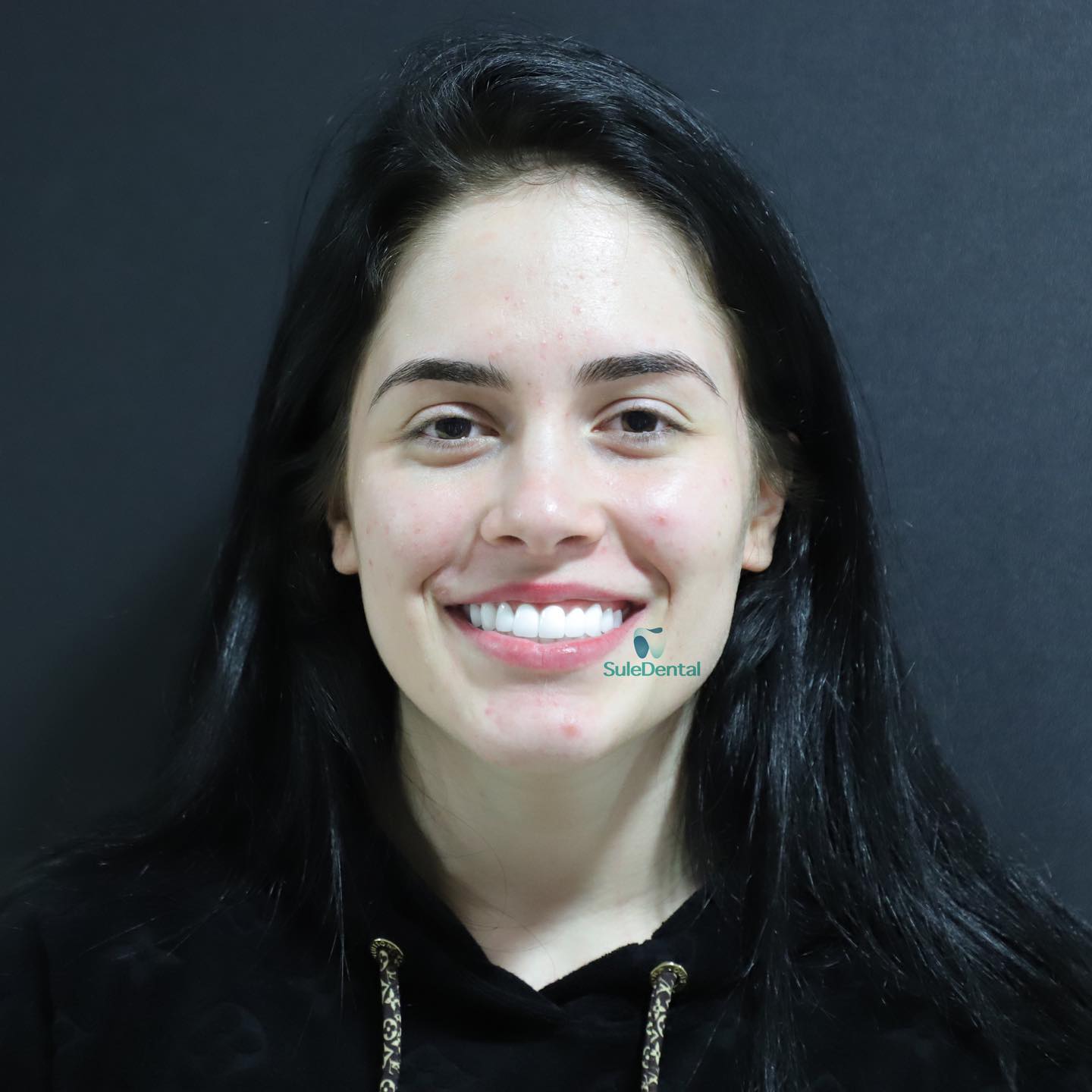A hair transplant is a life-changing procedure that many people are eager to go through. However, there is always the fear of something going wrong – such as over-harvesting the donor area. If this happens, your hair transplant will not be possible and you’ll end up with a bald head. In this blog article, we’ll discuss the different causes of over-harvesting the donor area, and how you can recover from it. We’ll also provide instructions on how to fix over-harvested donor areas after a hair transplant. So keep reading and we guarantee that you’ll learn everything you need to know to fix over-harvested donor areas after a hair transplant!
What is an over-harvested donor area?
If you’ve experienced an over-harvested donor area after hair transplant surgery, it’s important to take steps to fix the issue as soon as possible. There are several ways to correct the issue, and it all depends on how serious the problem is. If the over-harvested donor area is minor, you can try to treat the area with hair restoration cream or scalpels. If the area is more severe, you may need to have a hair transplant surgery redo. In any case, once corrected, you can continue with your hair restoration journey without any more issues! So, don’t wait – take action and fix over harvested donor area today!

Causes of the over-harvested donor area
It’s important to take proper care of your hair transplant recipient area post-operatively to prevent over-harvesting. The most common cause of overharvesting is an incorrect surgical technique. This can be prevented by following the surgeon’s instructions carefully, and by ensuring that the hair transplant recipient area is kept clean and free of infection. If you experience over-harvesting, don’t hesitate to contact your hair transplant surgeon for further advice.
Donor area recovery after hair transplant
Hair transplantation is a beautiful and empowering experience, but it can also be challenging. One common issue after the hair transplant procedure is donor area overharvest. This can be fixed by a few different methods, but they all require some patience and practice. If you’re looking to restore your donor area, here are the four main options: 1. Machine harvest your hair back down to its natural density. This is the most common and traditional method. 2. Use FUE (Follicular Unit Extraction). This is a newer and more advanced hair transplant technique that uses scalpels to remove hair follicles one at a time. 3. Use hair restoration grafts. This is a more recent hair transplant technique that uses hair follicles from another part of the scalp to replace the hair that was over-harvested. 4. Use laser hair restoration. This is a newer and more advanced hair transplant technique that uses a laser to remove hair follicles.

The donor area after 2 weeks
After undergoing hair transplant surgery, the donor area starts to shrink back to its original size. This is completely normal and you will begin seeing progress within the first few days. Afterward, it’ll take a bit of time (between 2-6 months) for the area to return to its former glory – but be assured that with patience and proper guidance from a doctor or specialist, you will eventually see results! In case things don’t go as planned and your donor area doesn’t recover as quickly as you’d hoped, there are various methods that can be attempted in order to speed up the process. However, before trying anything on your own make sure to consult an expert – this might save you from complications during your hair transplant surgery.
The donor area after a month
After a hair transplant, it is important to take proper care of the donor area. By over-harvesting in this area, you run the risk of hair loss and decreased graft survival rates. There are several ways to remedy this – by reducing the number of transplants, using a mini-trimmed area instead of a full transplant etcetera. However, even if all goes well at first there can be some settling down period where your scalp feels dry and irritated. This phase usually lasts around 6-8 weeks but can last up to 12 weeks in some cases. Monitor the progress of your donor area regularly and adjust your treatment accordingly.
The donor area after two months
It can take up to two months for the donor area to heal completely after surgery. During this time, it is important to follow the instructions given by your doctor and avoid any strenuous activity. Additionally, you should apply cold compresses as directed and make sure you eat a well-balanced diet that includes healthy fats. Avoiding sun exposure and showering will also help speed up the healing process. Once the area has healed, you may resume light activity such as walking around or going outside on occasion.
Donor area after a year
If you’ve over-harvested your donor area in the past year, it’s now time to take action. There are a few steps you can take to speed up the recovery process – and by following them, you’ll be able to restore your land back to its original state much faster. First of all, make sure that all the crops have been completely removed from the area. Then seal any cracks or openings in the soil with duct tape or creative means of sealing. Finally, water well and fertilize as needed; remember to keep an eye on growth rates so that restoration is going as fast as possible! Be Patient: The sooner you get started recovering, the better!
Frequently Asked Questions
What are some common causes of over-harvested donor areas after hair transplant?
There are a few common causes of over-harvested donor areas after hair transplant. Most often, this occurs during the first four months after the hair transplant surgery when the transplanted hair starts to fall out naturally. To help reduce the amount of overharvest, it’s important to prepare your scalp correctly before the hair transplant surgery. This means washing it thoroughly with mild soap and water, applying a scalp lotion or gel, and wearing a hat or bandanna during the first few weeks after surgery.
How can I prevent my donor area from overharvesting in the future?
There are a few things that you can do to prevent over-harvesting in the future. One way is to make sure that your hair transplant is done properly. If the hair transplant is done improperly, then the donor area may overharvest hair which can lead to baldness. You can also use a donor area cap to help in preventing too much hair from being taken from the donor area. If you experience a lot of shedding after the surgery, then it may be a sign of overharvesting and you should contact your doctor for further advice.
Can I treat my donor area with topical treatments?
Yes, you can treat your donor area post-hair transplant with topical treatments. The most common types of treatments include moisturizers, astringents, and anti-inflammatory creams. If your grafts have taken well after surgery and you’re not experiencing any redness or sensitivity in the donor area, then you may only need to apply a light cream twice a day. Make sure to read the ingredients of the topical treatment you choose carefully to make sure it’s compatible with your hair transplant procedure and your skin type.
How do I deal with the pain and swelling that comes after a hair transplant procedure?
In the days and weeks following hair transplant surgery, the most common side effects are pain, swelling, infection, and scarring. To minimize the discomfort and maximize results, follow these simple guidelines. 1. Ice the area regularly: Applying ice to the scalp will help to reduce inflammation and discomfort. 2. Take ibuprofen or paracetamol as directed by your doctor: Ibuprofen or paracetamol can help to reduce pain and swelling. 3. Elevate the area if possible to reduce inflammation: If possible, elevate the hair transplant area to reduce the pressure on the scalp and reduce any inflammation that may develop. 4. Keep clean and dry with a good topical ointment: Apply a good topical ointment like Tegaderm ® to the scalp daily to keep the area clean and moisturized. 5. Use adhesives that are non-adherent: Use adhesives like surgical adhesive tape that are not likely to pull hair out during hair restoration procedures.
What should I do if my hair is falling out in large clumps near the graft site?
If you are noticing that your hair is falling out in large clumps near the graft site, it could mean that there has been an over-harvest. To fix this issue, you need to stop using the hair product and shampoo altogether for a minimum of 2 weeks. You can then start back up with a low concentration of both products and see if that solves the problem. If not, then you may need to have a surgical consultation to excise any over-harvested hairs from around the graft site.
Conclusion
The over-harvested donor area is a common complication following hair transplant surgery. In this blog, we will discuss the different causes of over-harvested donor areas, the process of donor area recovery, and steps you can take to prevent this problem from arising in the future. Make sure to read through the blog and take the necessary steps to fix over harvested donor area after hair transplant surgery.
